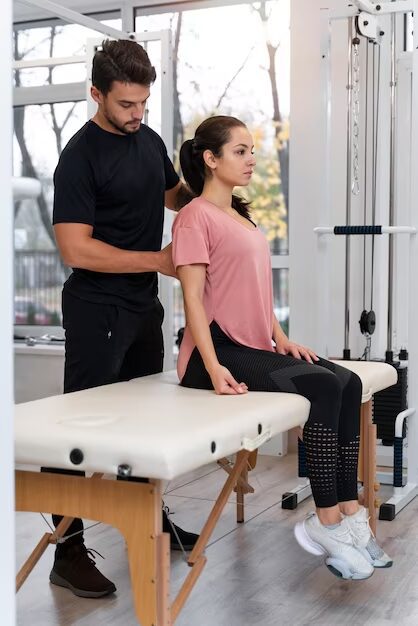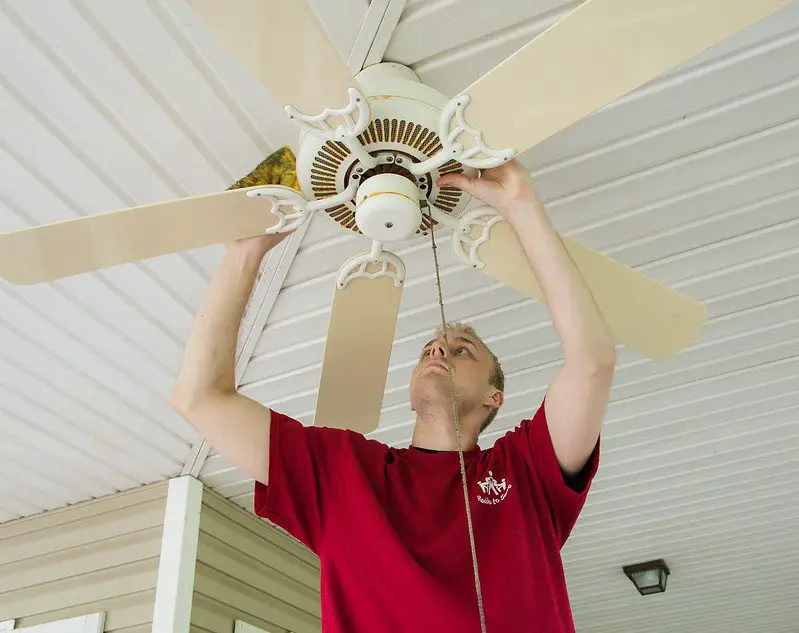Occipital Neuralgia Exercises
Introduction
Are you among the many individuals suffering from the debilitating pain of occipital neuralgia? If so, you understand the constant struggle to find relief from this condition that affects the nerves in the back of your head and neck. While various treatment options are available, including medication and physical therapy, incorporating specific exercises into your routine can play a significant role in managing and reducing the intensity of occipital neuralgia symptoms. ( Occipital Neuralgia Exercises )
This comprehensive guide will explore a range of occipital neuralgia exercises that can help alleviate pain and promote overall well-being. Let’s dive in!

Check it: Wellness Yoga
Neck Stretches

Stretching exercises effectively relieve tension and tightness in the neck muscles, which can contribute to occipital neuralgia. Start by gently tilting your head forward, backward, and side to side, holding each position for 15-30 seconds. Repeat this exercise several times a day to enhance flexibility and minimize discomfort. ( Occipital Neuralgia Exercises )
Shoulder Rolls

Often, shoulder tension exacerbates occipital neuralgia symptoms. Perform shoulder rolls by lifting your shoulders towards your ears, rolling them backward, and then relaxing them down. Repeat this motion for 10-15 repetitions, ensuring a slow and controlled movement. Incorporating this exercise into your routine can help reduce muscle stiffness and ease the strain on your neck and upper back. ( Occipital Neuralgia Exercises )
Check it: Benefits from Yoga and Meditation
Posture Corrector

Maintaining proper posture is crucial for individuals with occipital neuralgia. A posture corrector can help align your spine, relieve pressure on the occipital nerves, and promote optimal blood circulation. Wear the corrector for a few hours daily, gradually increasing the duration. Combined with other exercises, a posture corrector can significantly alleviate pain and improve your overall posture. ( Occipital Neuralgia Exercises )
Scalp Massage

Gently massaging your scalp can provide relief from occipital neuralgia pain by increasing blood flow and releasing tension in the muscles. Use your fingertips to apply moderate pressure and massage in circular motions. Focus on the base of your skull and the sides of your head. Perform this self-massage for 5-10 minutes daily to experience its soothing effects. ( Occipital Neuralgia Exercises )
Yoga and Meditation

Mindfulness practices like yoga and meditation can help manage occipital neuralgia symptoms by promoting relaxation and reducing stress levels. Incorporate gentle yoga poses that target the neck, such as the Child’s Pose and Cat-Cow stretch, into your routine. Additionally, practice deep breathing exercises and meditation techniques to calm your mind and alleviate pain. ( Occipital Neuralgia Exercises )
Check it: Best Yoga Mats
Heat and Cold Therapy

Applying heat or cold to the affected area can immediately relieve occipital neuralgia pain. Use a heating pad or warm towel for 15-20 minutes, allowing the warmth to penetrate the muscles and alleviate tension. Alternatively, applying a cold pack wrapped in a cloth for 10-15 minutes can help reduce inflammation and numb the area. Experiment with both methods to determine which works best for you. ( Occipital Neuralgia Exercises )
Strength Training
Regular strength training exercises can improve overall muscle tone and reduce the frequency and intensity of occipital neuralgia episodes. Focus on strengthening your neck, shoulders, and upper back muscles through exercises like shoulder shrugs, neck resistance, and resistance band workouts. Start with light weights and gradually increase the intensity as your strength improves.
Aerobic Exercises
Participating in aerobic activities can boost your cardiovascular health while reducing stress and tension, which can contribute to occipital neuralgia. Choose low-impact exercises such as swimming, brisk walking, or cycling to minimize strain on your neck and head. Aim for at least 30 minutes of aerobic exercise most days of the week to experience the full benefits.
Check it: Cancer Treatment centers of America
Acupressure
Acupressure is an ancient technique that involves applying pressure to specific points on the body to relieve pain and discomfort. By targeting acupressure points in the neck, head, and shoulders, you can alleviate the symptoms of occipital neuralgia. Consult a qualified practitioner to learn your condition’s proper techniques and points.
Mind-Body Techniques

Exploring mind-body techniques like biofeedback, progressive muscle relaxation, and guided imagery can enhance your ability to manage occipital neuralgia. These techniques promote relaxation, reduce stress, and improve mental well-being. Consider working with a trained professional to learn these techniques effectively.
Pros of Occipital Neuralgia Exercises
Natural and Non-Invasive
Occipital neuralgia exercises offer a non-invasive and natural approach to managing the condition. They do not involve using medications or invasive procedures, making them a safe option for individuals seeking alternative remedies.
Pain Relief
These exercises specifically target the muscles and nerves associated with occipital neuralgia, providing targeted pain relief. By reducing muscle tension, improving blood circulation, and promoting relaxation, exercises can help alleviate the intensity and frequency of pain episodes.
Improved Flexibility and Range of Motion
Occipital neuralgia exercises, such as neck stretches and yoga poses, focus on increasing flexibility and range of motion in the neck and surrounding areas. This can enhance overall mobility and reduce stiffness, making everyday movements more accessible and comfortable.
Strengthening Muscles
Strength training exercises help relieve pain and strengthen the neck, shoulders, and upper back muscles. Stronger muscles provide better support to the affected area, reducing nerve strain and minimizing the likelihood of future flare-ups.
Stress Reduction
Many occipital neuralgia exercises, including meditation and deep breathing techniques, aim to reduce stress levels. Stress is a common trigger for pain episodes, and by incorporating stress-reducing practices, individuals may experience a significant decrease in the frequency and severity of their symptoms.
Cons of Occipital Neuralgia Exercises
Individual Variation
While exercises can benefit most people with occipital neuralgia, personal responses may vary. What works for one person may not work as effectively for another. It’s essential to listen to your body and adjust the exercises based on your comfort level and specific needs.
Temporary Relief
Exercises can temporarily relieve occipital neuralgia pain, but they may not eliminate the condition. It’s essential to approach exercises as part of a comprehensive management plan that may include other treatments and lifestyle modifications.
Potential Discomfort
In some cases, specific exercises may initially cause discomfort or exacerbate symptoms. It is crucial to start slowly, perform activities under the guidance of a healthcare professional, and modify or avoid any movements that increase pain or discomfort.
Time Commitment
Consistency is vital in exercises for occipital neuralgia. Incorporating them into your daily routine may require time and effort. Setting realistic expectations and being dedicated to following through with the exercises to experience the desired benefits is essential.
Not a Standalone Solution
While occipital neuralgia exercises can be beneficial, they should not replace professional medical advice or other treatments recommended by healthcare providers. Working closely with your healthcare team to develop a comprehensive treatment plan that addresses your specific needs is essential.
Check it: Best Resistance Band Sets
Conclusion
Incorporating targeted exercises into your daily routine can make a significant difference in managing and alleviating the pain associated with occipital neuralgia. By following a comprehensive approach that includes neck stretches, shoulder rolls, posture correction, scalp massages, yoga, heat and cold therapy, strength training, aerobic exercises, acupressure, and mind-body techniques, you can proactively address your symptoms, and experience an improved quality of life.
Remember to consult your healthcare provider before starting any exercise regimen, especially if you have underlying medical conditions. Stay consistent, be patient, and listen to your body as you embark on this journey to overcome occipital neuralgia. You can take control of your pain and regain your joy and vitality. Embrace the potential of these occipital neuralgia exercises, and step into a brighter, pain-free future.



